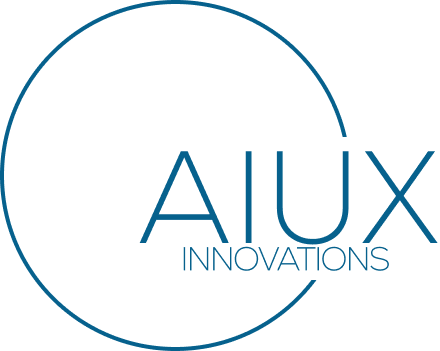User Experience (UX) evolves rapidly as technology advances, user expectations grow, and the interplay between digital and physical spaces becomes more seamless. In 2024, UX has solidified itself as a key driver for business success, but with this recognition comes heightened responsibility for UX professionals. Let’s dive deep into the state of UX in...
Continue readingTaking Flight with Unique Personal Preferences (UPP) in the Airline Industry
The airline industry has long been driven by efficiency, safety, and scale. However, in an age where consumers expect hyper-personalized experiences, Unique Personal Preferences (UPP) offers a new frontier for delivering tailored, passenger-first services. Airlines can create seamless, customized journeys that enhance loyalty and satisfaction by leveraging individual preferences. What is UPP in the...
Continue readingUnderstanding Unique Personal Preferences (UPP): A New Frontier in User Experience
In today’s interconnected world, personalization is no longer a luxury—it’s an expectation. Whether you’re shopping for a home, selecting a mattress, or deciding where to dine, the ability to align a product or service with your unique preferences has become paramount. Enter Unique Personal Preferences (UPP): a framework that enables personalized, hyper-relevant user experiences...
Continue readingHow UX and Strategy Can Elevate Real Estate Websites
The real estate industry thrives on trust, efficiency, and ease of access. For buyers, sellers, and agents, a seamless digital experience is no longer a luxury—it’s a necessity. Real estate websites must cater to diverse audiences while managing a wealth of data, from property listings to financing tools. However, many companies in the sector...
Continue readingUX: The Key to Designing the Best Universal Personal Profile (UPP) and App
In a world increasingly driven by interconnected platforms, the Universal Personal Profile (UPP) emerges as a game-changing concept, promising a seamless, secure, and personalized digital experience. A UPP centralizes a user’s identity, preferences, and interactions across multiple applications, services, and devices. For this vision to become a reality, exceptional user experience (UX) design must...
Continue readingThe Blockchain-Powered Smart Home: Unlocking Personalized Living
Imagine walking into any house—whether it’s your home, a rental, or a guest’s—and having the environment instantly adapt to your preferences. The temperature adjusts to your liking, the lighting matches your mood, your favorite playlist starts playing, and the kitchen recognizes your dietary restrictions to suggest meal options. This level of personalization is achievable...
Continue readingBridging the Gaps: Using Blockchain to Carry Personal Habits Across Everyday Life
Imagine walking into a hotel room that instantly sets the temperature, lighting, and even the playlist to your exact preferences. You step into a gym, and the equipment adjusts to your ideal settings, while a connected display guides you through your usual workout routine. Later, you dine at a restaurant where the menu automatically...
Continue readingA Better UX with Cars and Mobile Phones: Seamlessly Taking Your Preferences from Car to Car
In an age where personalization is the gold standard for user experience, the gap between our mobile phones and vehicles often feels like a missed opportunity. Despite the strides in automotive technology, the experience of getting into a new or rented car still requires a manual setup to adjust seats, mirrors, navigation preferences, climate...
Continue readingDecluttering UX Noise: Simplifying the Path to Better Experiences
In today’s fast-paced digital world, user experience (UX) often gets tangled in a web of unnecessary complexity. Designers and developers eager to impress can inadvertently overload interfaces with features, animations, or content that detracts from the product’s core purpose. This phenomenon, known as UX noise, can alienate users, reduce engagement, and undermine business goals....
Continue readingNavigating UX 2025: Trends, Challenges, and Opportunities
As the user experience (UX) landscape continues to evolve, 2025 presents a pivotal year for reimagining how we design, build, and interact with digital and physical products. From emerging technologies to societal shifts, the future of UX will be defined by those who adapt, innovate, and prioritize users’ needs. Here’s a roadmap to navigating...
Continue reading